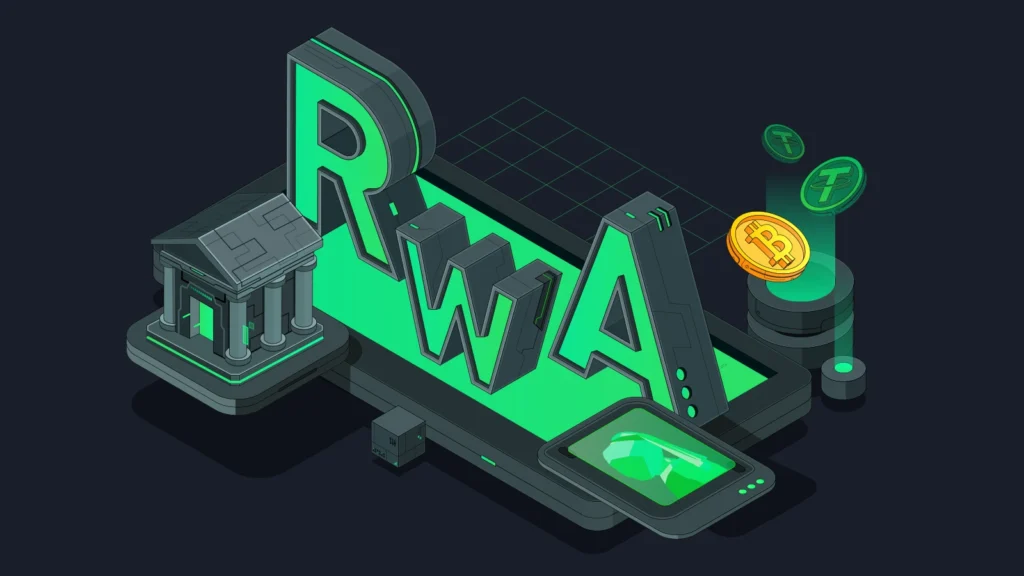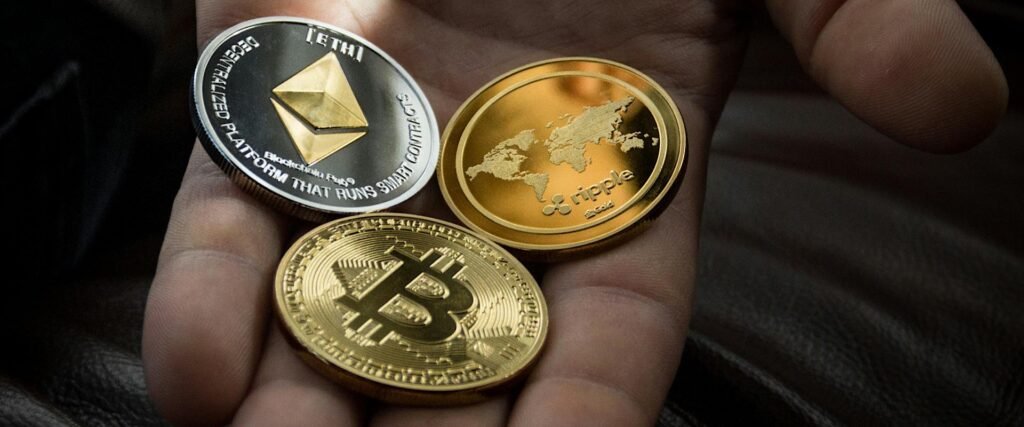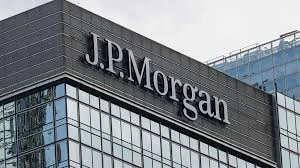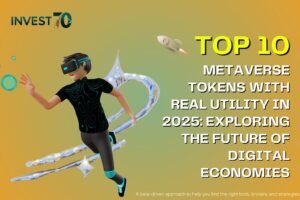Tokenized Real World Assets Explained: The Future of Investment Uncovered
What Exactly Is a Tokenized Real World Asset?
Let’s begin with the fundamentals. A skyscraper, a bar of gold, an artwork, or even a rare whiskey bottle that is worth collecting are examples of real world asset (RWA). The act of turning that asset’s ownership into a digital token that is stored on a blockchain is known as tokenization.

To put it simply, a “tokenized real world asset” is a tangible object that has been digitally represented as a token. Like stock in a firm, these tokens can then be purchased, sold, or exchanged.
Despite its futuristic sound, this is a developing trend that is attracting interest from a variety of businesses. Governments, investors, and financial institutions are all aggressively investigating how this paradigm can change the nature of investing.
How Real World Asset Tokenization Works
Here’s a real-world example to show you how it operates.
Consider being the owner of a $500,000 rental property. Historically, substantial financial resources would be required for anyone wishing to invest in it. Nevertheless, investors can purchase fractional ownership if the property is tokenized, that is, divided into, say, 100,000 digital tokens. One individual may buy 1% of the property, whereas another might only buy 0.5%.
These tokens are stored on a blockchain, which guarantees efficient recording, transparent transactions, and safe ownership. Additionally, each token has intrinsic worth in addition to speculative potential because it is linked to a genuine, tangible object.


Why Tokenizing Real World Assets Matters
Tokenization has the potential to address several challenges in traditional investing. Here are a few key benefits:
- Access: The barrier to entrance is reduced through tokenization. Investors can join with considerably lower sums of money rather than requiring tens or hundreds of thousands to invest in fine art or real estate.
- Liquidity: It’s usually difficult to buy and sell assets like real estate fast. On the other hand, tokenized assets are easier to exchange, frequently via round-the-clock internet marketplaces.
- Transparency: All transactions are traceable and auditable since they are all documented on a blockchain. Participants’ trust is increased and the risk of fraud is decreased.
That said, there are still challenges. Regulatory frameworks are evolving, and different countries have varying stances on how these digital assets should be governed. It’s important to approach this space with both interest and caution.
Which Assets Can Be Tokenized?
Technically, any real-world asset can be tokenized. But some are more practical than others.
- Straightforward Candidates: Real estate, gold, and fine art are commonly used examples. They have established valuation models and existing markets that make them easier to tokenize.
- More Complex Assets: Items like rare cars, music royalties, or vintage wine can also be tokenized. However, they often involve complex legal considerations and less predictable valuations.
In short, while the concept can apply to almost anything, not all assets are equally suited for tokenization — at least not yet.


Tokenized Assets vs. Traditional Investing
Conventional investing frequently entails lengthy wait times, banks, brokers, and a ton of paperwork. On the other hand, tokenized investment can be completed completely online with a few clicks.
However, there are costs associated with this speed and convenience. Simpler access could entice novice investors to invest before fully comprehending the hazards. As the ecosystem develops, education and careful regulation are therefore crucial.
What’s the Future of Real World Asset Tokenization?
We’re already seeing movement from major players. Financial giants like BlackRock and JPMorgan are exploring tokenized investments. Countries like Singapore and the UAE are building infrastructure for tokenized government bonds.
Although the technology is still maturing, the direction is clear. With proper legal and operational frameworks, tokenized assets could revolutionize how people invest and access capital.


Final Thoughts
Tokenization of real-world assets is a significant financial innovation. It has the potential to improve the efficiency, transparency, and inclusivity of markets by altering our conceptions of ownership, investment, and access.
The fundamental idea is sound, even though the sector is still in its infancy. This is an excellent opportunity for developers, investors, and anybody else interested in the financial industry’s future to begin learning more.
Gaining knowledge about tokenized real assets now could put you in a good position for the future of finance.
Relevant Link : Here




